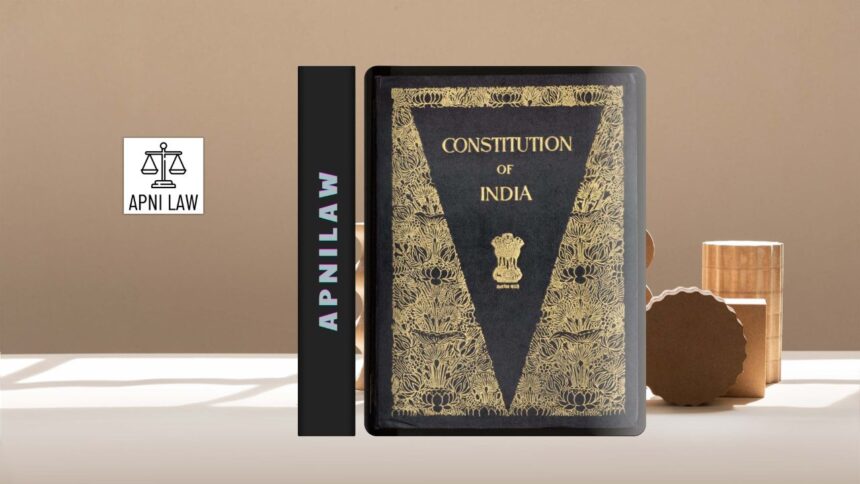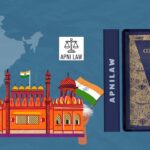Introduction
Article 81 of the Indian Constitution explains how the Lok Sabha is formed and how its seats are shared among the States and Union Territories. It ensures equal and fair representation for every citizen. Since the Lok Sabha is the main law-making body in India, understanding Article 81 helps readers see how India’s democratic structure works. This explanation uses simple language, active voice, and clear transitions so that more people can understand it easily.
Understanding Article 81 of the Constitution
Article 81 sets the basic rules for the composition of the Lok Sabha. It tells us the maximum number of members, how seats are divided, and the method used to keep representation fair. With this Article, the Constitution aims to create a balanced Parliament where each vote has almost equal value. Therefore, Article 81 acts as the foundation for the structure of the Lok Sabha.
Key Provisions Under Article 81
Maximum Strength of the Lok Sabha
Originally, the Constitution allowed a maximum of 552 members in the Lok Sabha. Out of these, most members were elected from the States, some were elected from the Union Territories, and a few were nominated. However, after the 104th Constitutional Amendment of 2019, the total elected strength stands at 543, because the provision for nominated Anglo-Indian members no longer exists. This change makes the present structure more stable and easier to understand.
Seat Allocation Based on Population
Article 81 divides Lok Sabha seats among the States according to their population. As a result, States with larger populations receive more seats. To maintain stability in representation, the population count used for this division remains frozen at the 1971 Census until 2026. This freeze began with the 42nd and 84th Constitutional Amendments. It prevents States that successfully controlled their population from losing seats. Therefore, Article 81 protects fairness across all regions.
Delimitation of Constituencies
Delimitation is the process of fixing the boundaries of Lok Sabha constituencies. Article 81 requires that each constituency must have a similar population so that every vote carries equal value. The Delimitation Commission updates these boundaries from time to time. Even though the number of seats cannot change until 2026, the Commission can still adjust constituency borders for better balance. In this way, delimitation keeps elections fair and representative.
Representation from Union Territories
Union Territories also participate in Lok Sabha elections. Those with legislatures, such as Delhi and Puducherry, elect their own members. Others without legislatures elect members based on their population size. Through this system, Article 81 ensures that even regions without full statehood have a voice in Parliament. Consequently, the democratic structure becomes more inclusive.
Illustrations to Understand Article 81
Example of Population-Based Distribution
Imagine State A has twice the population of State B. Under Article 81, State A receives almost double the number of Lok Sabha seats. This simple rule protects the value of each person’s vote and keeps representation proportional. Therefore, population remains the key factor in seat division.
Example of Delimitation in Practice
Suppose one district in a State grows much faster than others. Its constituency may become too large compared to neighboring ones. When this happens, the Delimitation Commission redraws the boundaries so that all constituencies return to a balanced population range. This adjustment keeps elections fair and equal.
Significance of Article 81
Article 81 plays an important role in maintaining equality and stability in the Lok Sabha. It creates a clear rule-based system for seat allocation and prevents political interference in the process. Moreover, the population freeze until 2026 protects national balance, especially between States that controlled their population and those that did not. As a result, Article 81 safeguards both fairness and federal harmony.
Conclusion
Article 81 continues to guide the structure of the Lok Sabha by ensuring that representation remains fair, population-based, and democratic. It provides clear rules for seat division, constituency boundaries, and the role of States and Union Territories. Because of these principles, Article 81 strengthens India’s democratic framework and supports an equal voice for all citizens.








